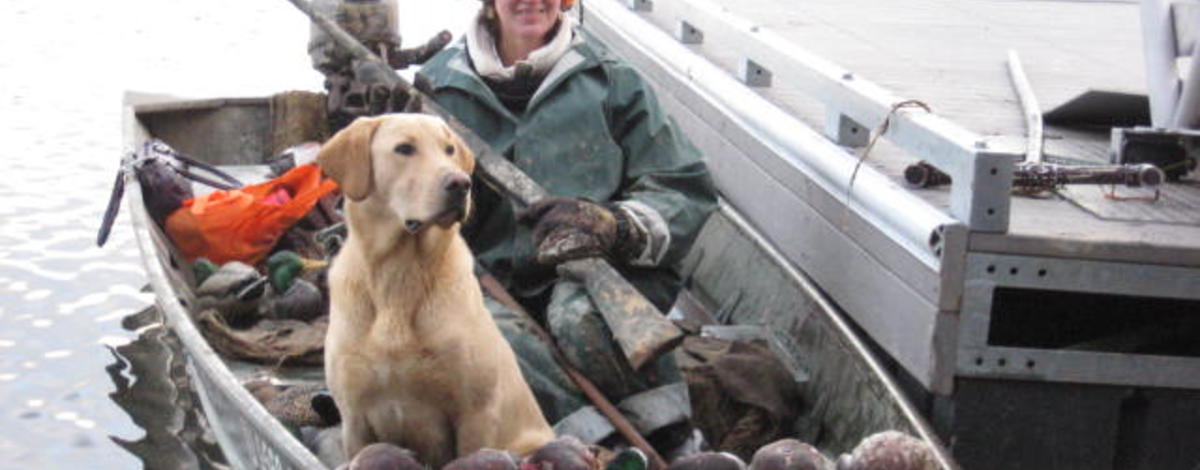Hunters using a boat to get to their island blind, and hunters shooting from their duck boats are going not only on a hunting trip. They are also going on a boating trip.
It is critically important that they have all of the safety equipment that a boating outing requires. In addition having safety gear, it is critical to consider the weight capacity of the boat being used.
Almost every year, there is a boating accident in northern Idaho involving duck hunters. With water temperatures just above freezing, these accidents can tragically result in a fatality.
The most common mistake waterfowl hunters make in their boating trip is overloading the boat. All vessels under 20 feet in length constructed after Nov 1, 1972 have a capacity plate permanently affixed. The plate will be in a location clearly visible to the operator while the boat is underway. The plate lists the maximum horsepower, maximum number of persons, and maximum weight capacity including all people, dogs and gear.
By the time you put on an outboard motor, add some hunters, a dog and hunting gear, it is very easy to exceed the weight capacity without knowing it.
Exceeding the weight capacity of a boat creates a very dangerous condition. Overloading reduces the amount of freeboard, which is the vertical distance measured on the boat's side from the waterline to the gunwale. Insufficient freeboard can lead to poor handling in rough water and makes it easier for the boat to swamp.
Duck hunters are often out in the worst weather where whitecaps or the wake of a passing boat could quickly send water over the gunwale and into the boat. An excited retriever can unexpectedly move in the boat adding to the danger if a boat is overloaded.
Often wearing waders and heavy coats, a duck hunter would find it very difficult to swim should their boat take on water or capsize. Add in the effects of ice cold water, and a mishap becomes an immediate life threatening emergency.
Idaho law requires a life jacket on board for every passenger, and a throw-able (type IV) personal floatation device is required in boats over 16 feet long. While adult boaters are not required to wear their jackets in Idaho, it is very strongly recommended for duck hunters.
Many companies now make camouflage life jackets and float coats that can be worn while duck hunting that do not flare birds. They are surprisingly comfortable to shoot in.
If you are hunting from the boat, remaining seated while shooting will improve your accuracy and the stability of the boat. Hunters have been knocked out of boats from the unanticipated or underestimated recoil of heavy magnum waterfowl loads.
Another important thing for hunters to remember is that state law requires powered boats to utilize red and green bow lights and a white light on the stern, while underway between sunset and sunrise. The reason is simple: so your vessel can be seen by other boat operators.
Duck hunters should note that the use of a handheld spotlight to light your way does not meet the legal requirement for boat navigation lights.
Despite the requirement, conservation officers often see hunters running their boat “blacked out,” that is, without any running lights. Simply put, operating your boat blacked out during no light or low light conditions is extremely dangerous and could result in a tragic situation.
"It's a big safety issue, and something we write tickets for every year," said Brian Flatter, Southwest Region Conservation Officer. "Duck hunters need to have their navigation lights on in no light or low light conditions."
Waterfowl hunting is a great way to get outdoors during the fall and winter. Good preparation and following basic guidelines can assure the outing is a safe one.

